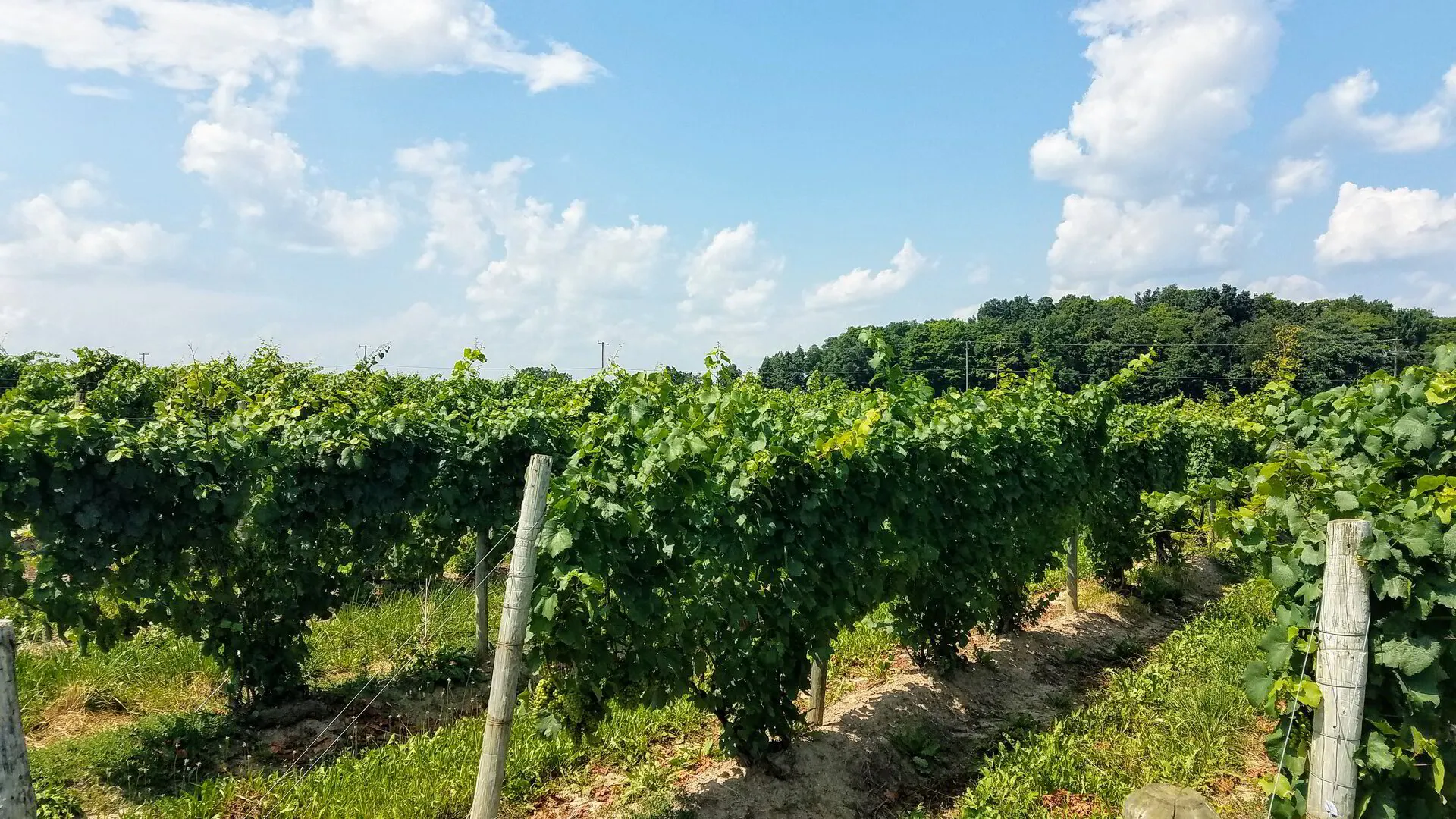Vineyards and Varieties
Old World Varieties
Prejean Winery grows grape varieties that originated in Europe: Merlot, Cabernet Sauvignon, Cabernet Franc, Riesling, Gewurztraminer, Chardonnay. Europe, and generally the French model, was the foundation of the modern wine industry.
The regions defined the wines. Bordeaux and Burgundy and Champagne are regions, as well as wines. Each of these regions has grapes that are indigenous to these regions. Bordeaux, for example, grows Cabernet Sauvignon, Merlot, Cabernet France, Petite Verdot and Malbec and the wines of Bordeaux are blends, in varying amounts, of these grape varietals. This is the tradition that has been handed down, in some case, for almost a thousand years. But the New World locations had no such history or wine regions – they were blank slates.Chardonnay and Cabernet Sauvignon are planted throughout every major wine region and in some cases have become commodities.
The Finger Lakes, while being an older (New World) region in many ways, is also quite young, too young to have a regional identity tied to specific grapes. But the pioneers of the Finger Lakes wine region had the European example and the most exportable aspect was the varietal. The varietal became the focal point, rather that the region.
Bordeaux Varieties
Prejean Winery has one of the earliest plantings of Merlot in the Finger Lakes from which we produce a varietal Merlot and sometimes blend it into our other Bordeaux varieties Cabernet Sauvignon and Cabernet Franc.
Burgundian Varieties
We also have Chardonnay, the major white grape of the Burgundy and Chablis regions.
Alsatian /German Varieties
Our Gewurztraminer, planted in 1979, is a mouthful in more ways than one. It is grown in the Alsace region of France along with another variety we grow, Pinot Gris. Riesling, also grown in Alsace, but known predominantly as a German varietal, is becoming the Finger Lakes’ signature grape variety. We have won numerous medals in international competitions and Wine & Spirits Magazine named our 2002 Riesling Top 100 Wines Values of the Year.
New World Varieties
Nomenclature, unfortunately, often times lacks precision. The heading of this section is one such instance. While some of our varieties were bred in this (relatively) new world, others have feet in both the new and old worlds and all probably have lineages that can be traced back to Europe. Vignoles, along with Marechal Foch, were two of a number of varieties bred in France in response to pests imported from the new world such as downy mildew and phylloxera. Vignoles and Marechal Foch are hybrid crosses between European varieties and American varieties. Today most of the acreage planted with these varieties is in the new world, so perhaps the name fits.
Cayuga is a variety that was bred here in the Finger Lakes at the Cornell Experiment Station in Geneva. This variety has a complicated lineage with many relatives that have numbers for names with the one recognizable exception, Zinfandel. The lesson here is that grape lineage, (perhaps our own as well), might have less to do with the present generation than we imagine. The flavorful, white, fruity Cayuga wine is nothing like a full-bodied red zinfandel.
The Cornell Grape breeding program just released and named three new grape varieties in July 2006. The previously named NY62.0122.01, NY70.0809.10 and NY73.0136.17 have now become Valvin Muscat, Corot Noir and Noiret .We planted an acre of Valvin Muscat in 2003 and we’ll have our first crop in 2006. We planted an acre each of the other two varieties this year but won’t see a crop until at least 2009. Both make nice wines, the latter producing an intense black pepper character in the aroma that is reminiscent of a Rhone varietal. We are looking forward to making wines from these varieties but we’ll have to wait.

